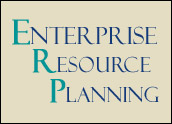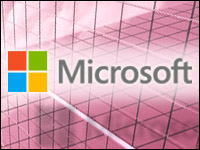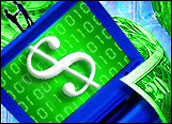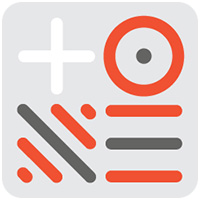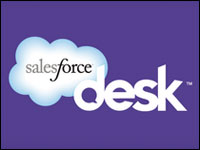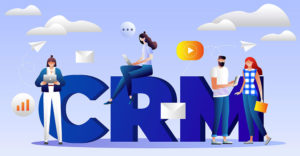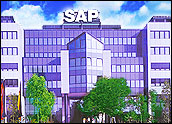
SAP will miss revenue targets for the 2006 fourth quarter, according to its preliminary review of the quarter’s results.
Wall Street’s expectations have been that the company’s Q4 sales would increase by at least 15 percent, based in part on SAP’s initial guidance for the year, which projected revenue to grow by 15 to 17 percent.
Late last year, SAP cautioned it would register growth at the lower end of the scale. Now, it has announced that its software revenue is likely to increase by just 7 percent in Q4. The company expects full-year 2006 software revenue to increase 11 percent — or 13.5 percent at constant currencies — compared to full-year 2005 software revenue.
It is a sharp letdown for the company — as well as its shareholders — considering that at the beginning of 2006, CEO Henning Kagermann predicted that it would be a cornerstone year for the company.
Why the Decline?
Dollar valuation and currency fluctuations are just two of the several reasons for the decline. More systematic factors are at work as well. In 2005 and 2006, SAP was able to ride the FUD (fear, understanding and doubt) factor as Oracle acquired several vendors, most notably PeopleSoft.
“It may be that 2005 and 2006 will turn out to be anomalies for SAP,” Jim Dickie, managing partner at CSO Insights, told CRM Buyer. “SAP may be in for a surprise this year, unless they are able to better differentiate themselves.”
Buyers will start to evaluate Oracle — the next largest ERP (enterprise resource planning) vendor — and SAP on a functionality basis, Dickie predicted.
Oracle missed estimates as well, John Ragsdale, vice president of research for the Services and Support Professionals Association, told CRM Buyer — a result, he said, of the ERP industry losing focus.
“It is hardly a surprise that applications giants Oracle and SAP missed estimates on application license revenues after two years of touting infrastructure over application functionality,” he added.
“IT may drive technology selection, but business users fund the projects, and if there isn’t anything in the message that plays to the business needs of service, sales and marketing, technology decisions are delayed and alternatives are investigated,” he noted.
Gaining Market Share
From another measure — market share — SAP continues to gain traction, as the company also pointed out in its preliminary review.
Based on the 2006 preliminary software revenue results, SAP’s worldwide share of core enterprise applications vendors — which account for about US$16.4 billion in software revenues — on a rolling fourth-quarter basis is expected to be around 24.2 percent at the end of the fourth quarter of 2006, representing around 3.0 percentage points of share gain for 2006 compared to 2005, the company reported.
In a report released during the fourth quarter, AMR Research came to similar conclusions, finding that SAP led the space — despite Oracle’s acquisition of PeopleSoft — with a 42 percent share of the industry’s revenues.
Oracle’s revenue share in 2005 was 20 percent, according AMR Research. The two competitors grew 12 percent and 110 percent respectively, claiming the largest gains in the market while many of the smaller players stayed flat or even shrank.
Looking Ahead
It is difficult to say if sales have eroded in SAP’s CRM product line — or its stance in this software category — as the company no longer breaks out those figures. The mySAP CRM is a strong platform, Dickie noted.
Additionally, SAP has been strengthening its small business CRM suite — most notably with the introduction last year of its CRM on-demand application — although it is unlikely that any gains in that subsector will substantially affect its overall bottom line, he concluded.

